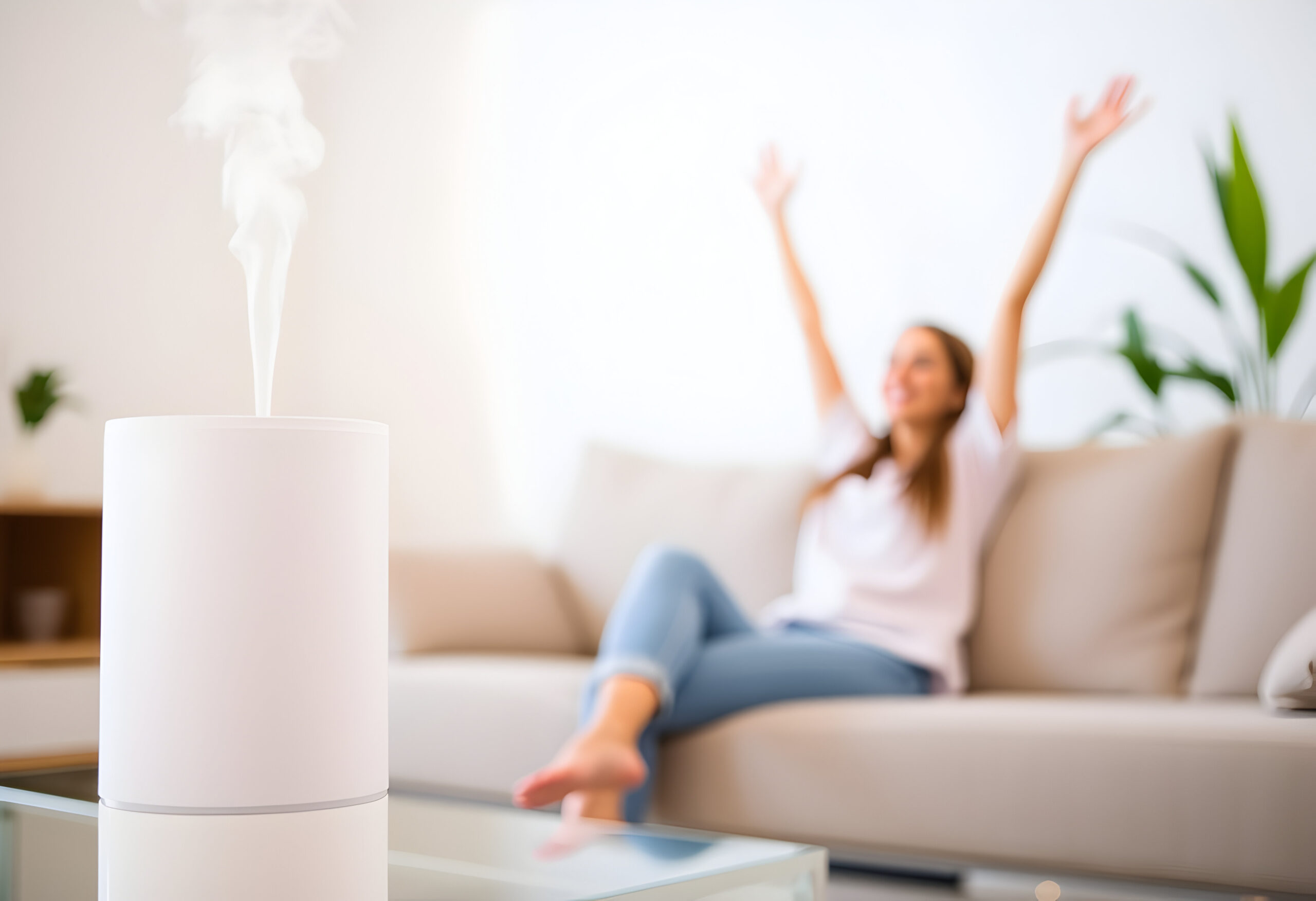In today’s world, where air pollution and allergens are increasingly prevalent, air purifiers have become essential household appliances. With a wide range of options available, selecting the right air purifier for your specific needs can be daunting. This guide will help you navigate the market and find the perfect purifier for your home.
Understanding Your Needs
Before you start shopping, it’s crucial to assess your individual needs. Consider the following factors:
- Room Size: The size of the room where you’ll be using the purifier will determine the required airflow capacity. A larger room will necessitate a more powerful purifier.
- Allergens and Pollutants: Identify the specific allergens or pollutants you’re most concerned about. This will help you choose a purifier with the appropriate filtration capabilities. For example, if you have pet allergies, a purifier with a HEPA filter and activated carbon filter will be effective at removing pet dander and odors.
- Noise Sensitivity: If you’re sensitive to noise, look for a purifier with a quiet operation. Some models offer adjustable fan speeds or night modes for quieter operation.
- Budget: Set a budget for your air purifier to help narrow down your options. Prices can vary significantly depending on features, brand, and size.
Key Features to Consider
Once you’ve identified your needs, it’s time to explore the key features offered by air purifiers:
- Filter Type: The filter type is one of the most important factors to consider. HEPA (High-Efficiency Particulate Air) filters are the most effective at capturing tiny particles, including dust, pollen, and pet dander. Activated carbon filters are ideal for removing odors and harmful gases. Some purifiers may also include specialized filters for removing specific allergens or pollutants.
- CADR (Clean Air Delivery Rate): The CADR rating indicates the volume of air that the purifier can clean per minute. A higher CADR rating means the purifier can clean a larger space more efficiently.
- Air Quality Sensors: Some purifiers have built-in air quality sensors that can detect pollutants and automatically adjust fan speed to maintain optimal air quality.
- Additional Features: Many air purifiers offer additional features, such as:
- UV Sterilization: UV light can help kill bacteria and viruses, providing an extra layer of protection.
- Negative Ion Generation: Negative ions can help neutralize allergens and pollutants.
- Smart Features: Some purifiers can be connected to your smartphone or home automation system, allowing you to control them remotely and monitor air quality.
- Timer Function: A timer allows you to schedule the purifier to turn on and off automatically.
Popular Air Purifier Types
- HEPA Air Purifiers: These purifiers use HEPA filters to capture the smallest airborne particles, making them ideal for people with allergies or respiratory issues.
- Activated Carbon Air Purifiers: These purifiers are designed to remove odors, VOCs, and other harmful gases.
- Ionizer Air Purifiers: Ionizers emit negative ions, which can neutralize allergens and pollutants.
- Whole-House Air Purifiers: These systems are installed in your HVAC system to purify the air throughout your entire home.
Maintenance and Care
To ensure optimal performance, it’s essential to maintain your air purifier properly. Follow the manufacturer’s recommendations for filter replacement and cleaning. Regular maintenance will help prolong the life of your purifier and ensure that it continues to provide clean, healthy air.
Conclusion

Choosing the right air purifier can significantly improve your indoor air quality and overall well-being.
By carefully considering your needs and exploring the available features, you can find a purifier that perfectly suits your home and lifestyle. Remember to prioritize filter type, CADR rating, and any additional features that are important to you. With a little research and planning, you can breathe easier and enjoy the benefits of clean, healthy air.
